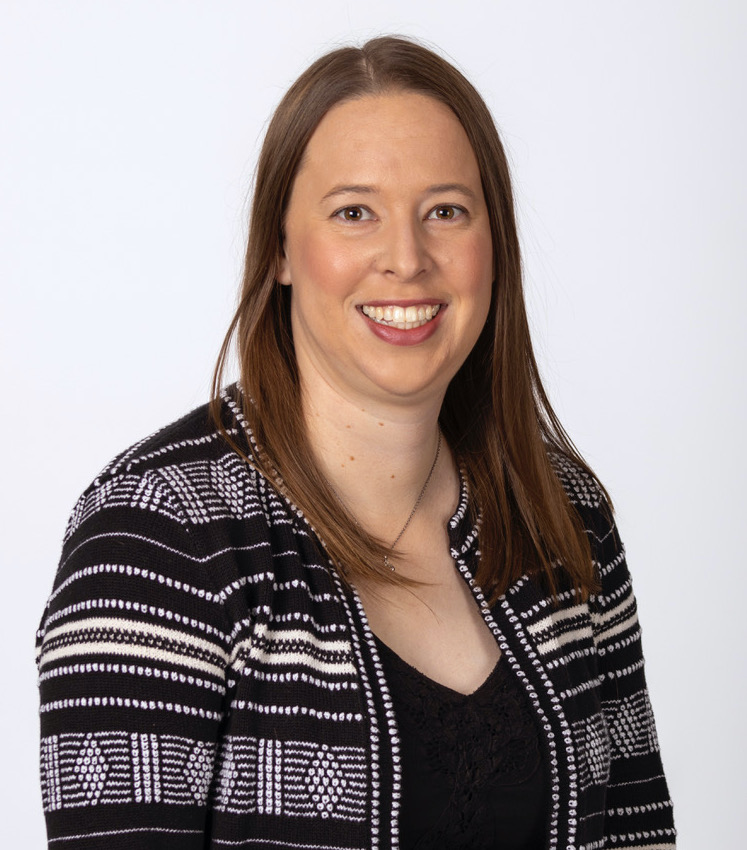Accessibility is taught through different pedagogical approaches, including lectures, group projects, in-class activities, guest speakers, videos, interactions with people with disabilities and research [
3]. Poor et al. investigated the impact of class projects involving building and testing a UI that includes non-mouse- and non-keyboard-based input–on student knowledge of accessibility [
35], finding that students developed a greater understanding and awareness of accessibility and usability issues. Palan et al.’s work examining a week of lectures during an HCI course, focused on topics such as accessible website design, common assistive technologies, and legal requirements, similarly revealed an increase of knowledge and awareness [
31]. Another study found that accessibility modules increased student learning of accessibility and motivated them to create accessible software [
12]. Zhao et al. conducted a longitudinal study comparing four different methods for teaching accessibility–a week of lectures, team design project involving accessibility, interaction with a person with a disability, and collaboration with a team member with a disability. This study found that lectures, team projects, and interaction with people with disabilities gave students greater awareness of accessibility issues and increased the likelihood that they would design with accessibility in mind in the short term. However, when surveyed two years later, students showed no significant improvements in their understanding of accessibility than before the class that incorporated accessibility [
48]. Students also viewed accessibility as a specialized skill that was not applicable for future jobs [
8]. These results suggest that a single class may not have enough influence on students’ knowledge of accessibility long-term. In sum, hands-on activities and experiential learning were found to be effective methods for teaching accessibility in the short term [
12]. Our work follows a similar approach as we incorporated accessibility into programming assignments, providing the students with a hands-on learning experience.
Teaching accessibility was shown to be challenging for instructors who are not experts in accessibility [
38], and thus is largely reliant on the personal initiative of the instructor. This need for expertise may explain why HCI instructors are more likely to teach accessibility [
36]. Due to these instructor characteristics and preferences, barriers to teaching accessibility include lack of knowledge, lack of course materials, limited preparation time, little administrative support and no space in the curriculum to include new topics [
21]. To address the accessibility knowledge gap of computer science instructors, Kawas et al. proposed a “micro professional development” model to provide instructors with knowledge and resources on how to integrate accessibility into core curriculum by mapping accessibility topics to learning objectives in CS courses [
21]. Building on this recommendation, we worked closely with instructors to map accessibility learning objectives to CS topics and equipped instructors with the necessary materials and resources for effective implementation.








